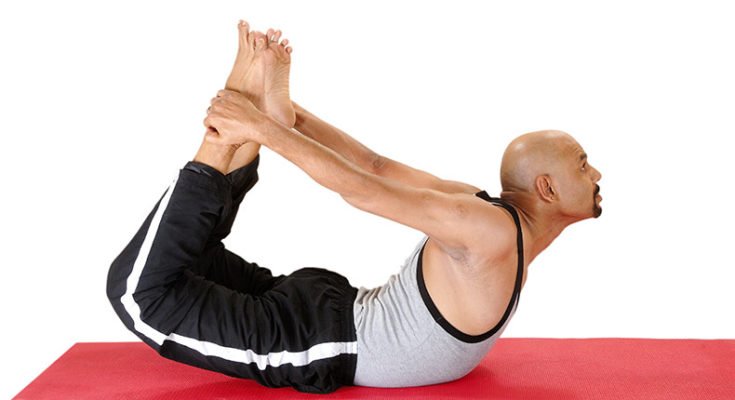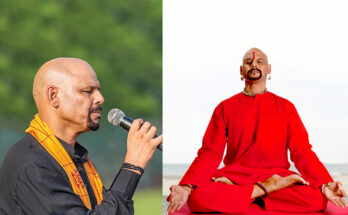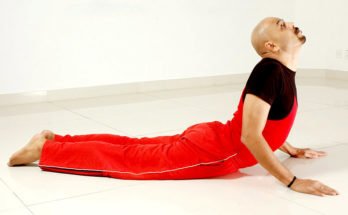Benefits of Yoga for Children – Shambhavi Mudra demonstrated by Yoga guru Suneel Singh. Image Courtesy – Vijay Gautam.
Yoga can help to eliminate most of the pressures and negative thoughts in your child’s life. Children need to discover the world on their own. Doing everything for them or telling them to think harder, to push them to do it better, or forcing your “rights” always isn’t the best way to teach a child.
Instead, consider providing a loving, caring, creative environment for them so they can discover the world in a positive and loving atmosphere. They should be taught easily to do yoga, like laughter yoga, clapping yoga more standing and backward bending asana resubliming animals like tiger pose, camel pose, fish pose, dog pose, and asanas and kriyas are mentioned below.
Here are some of the benefits of teaching yoga to your child
(A) Improves Self-Esteem and Self-Confidence
(B) Improves Overall Health
(C) Reduces Your Child’s Restlessness
(D) Keeps children Fit
Here are the most important Yoga to be taught to kids
1. SHAMBHAVI MUDRA:
Sit in any comfortable meditation pose keeps the head, shoulder, and spine upright and straight. And place the hands on the knees (Gyana Mudra). And relax the whole body. Now look up a word and in ward, focusing the eyes at the eyebrow center. Hold the gaze as long as you are comfortable. Release if the slightest sensation or strain. Close the eyes and relax them. Try to do 5 minutes daily.
Benefits: This Mudra strengthens the eyes muscles and releases accumulated tension in the area. It develops concentration, mental stability, and confidence. All ailments headache, sleeplessness, excessive sleep, and eye complications are cured.
Caution: People suffering from cataract surgery, glaucoma, and eye operations should not perform ‘Shambhavi mudra’. For advanced practitioners, it is a powerful technique for awakening the Agya Chakra.
Read: Achieve total health with 12 rounds of Sun Salutation
2. VAJRASANA:
Vajra means “Adamant” or “thunderbolt” in Sanskrit. This asana makes the body as strong as the thunderbolt.
Method: Kneel down on the floor. Bring toes to join at back. Heals apart and big toes pointed towards each other. Lower the buttocks onto the inside surface of the feet with heal touching the side of the hips. Adjust hands-on respective thighs, spine erect, hand and neck straight, close the eyes, and relax the arms and whole body.
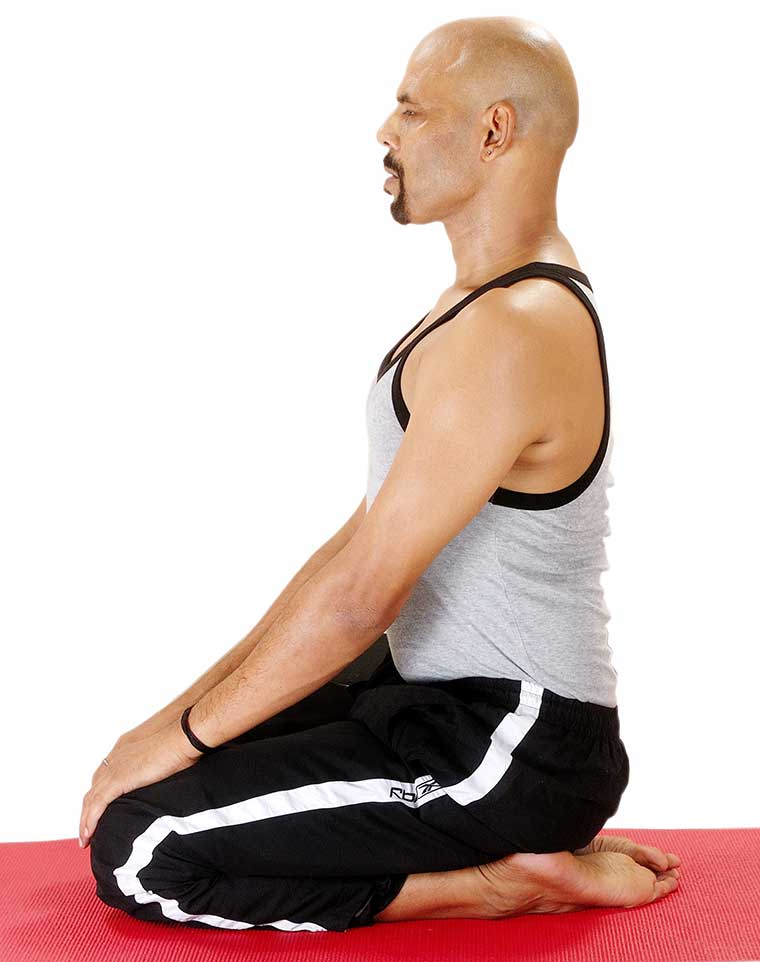
Rhythm: Normal breathing.
Duration: Do it 5 to 10 minutes daily. This is the only Asana in yoga, which can be performed directly after a meal.
Benefits: This Asana stimulates the ‘Vajra Nada’, activates prana in Sushamana Nadi, and redirects sexual energy to the brain for spiritual purposes. It increases the efficiency of the entire digestive system and stomach ailments. And it is a preventative measure against Piles and Hernias. Vajrasana increases the efficiency of the entire digestive system, relieving stomach ailments such as hyperacidity and peptic ulcers. It helps to strengthen the hips, thighs, knees, calves, and toes. Vajrasana strengthens the spine and tones up the sexual organs of both males and females. This asana is ‘Ram Baan’ for sleeplessness.
Caution: If there is a pain in the thighs while performing asana then release the posture and stretched the legs and shake the feet vigorously until the stiffness disappeared.
3. DHANURASANA (Bow pose):
Lie flat on your abdomen, with the legs and feet together and the arms and hands beside the body. Bend the knees and bring the heels close to the buttocks. Place the chin on the floor clasp the hand around the ankles. Take a deep breath and raise your head trunk and legs above the round in order to lift legs, pull hands and legs in opposite, direction support the entire body on the floor. Hold the position for as long as is comfortable and then slowly relaxing the leg muscles to lower the legs, chest, and head to the starting position. Do it a minimum of 3 times daily.
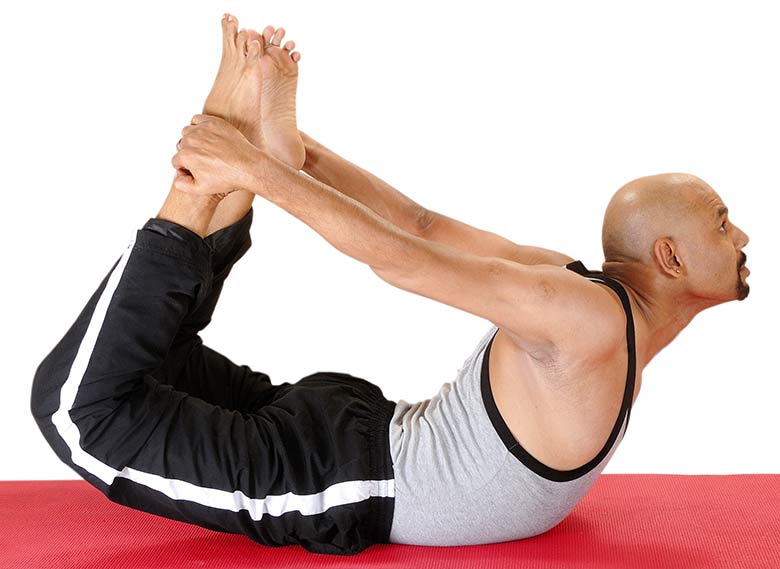
Benefits: This asana helps to improve digestion by stimulating gastric secretions. The liver abdominal organ and muscles are massaged. This asana is recommended for the management of diabetes, menstrual disorders, and neck pain.
Caution: Patients with colitis, hernia and slipped disc should avoid this asana. Heart patients and hypertension patients should avoid this asana.
4. TADASAN (PALM TREE POSE):
Stand erect with your heels together or about 10cm apart. Raise the arms over the head, and place your folded hands together on top of the head. Inhaling stretch your arms, shoulders, and chest upward. Simultaneously raise the heels and stand on your toes. Stretch the whole body from top to bottom, without losing balance or moving the feet. Keeping the eyes open and fixing your gaze at some point in front of your stay in the position for a few seconds depending upon your capacity. Exhaling, slowly come down on the heels. This is one round. Do five such rounds. Breathing should be synchronized with the raising and lowering of the arms.
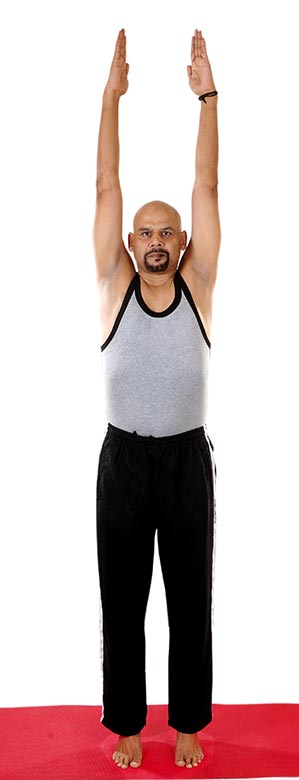
Benefits: The entire spine is stretched and the spinal nerves are loosened. This asana is good for arthritis patients. This asana develops physical and mental balance. This asana stretches the abdominal muscles and the intestines times and useful for diving the first six months of pregnancy.
5. HASYA YOGA (Laughing):
To measure soul satisfaction, physically healthy, and the stability of mind, there is the only one-yard stick and that is the shining happiness on your face. A cheerful person lives a longer life. In the world, Hasya Yoga is known as “Inner Jogging”. Our saints understood the importance of Hasya Yoga about 6000 years ago. If the people understand the importance of Hasya Yoga in their lives, the work of Doctors will reduce by half.
Laughing is a very good tonic. By laughing loudly the blood circulation increases and the digestion system starts working efficiently. Our immune system becomes stronger and the polluted air from the body (CO2) comes out and our breathing system stabilizes. It has been invented that 600 muscles of our body get exercised together just by laughing once.
6. SHAVASANA(Corpse pose):
Lie flat on the back. Keep the legs straight on the floor, with both the feet apart as shoulder width. Toes should be turned outward as far as possible. Let the fingers curl up slightly. The Head and the Spine should be in a straight line. Relax the whole body and stop all physical movement. Close your eyes gently. Now mentally, watch your Breathing and allow it to become rhythmic and relaxed. The duration should minimum of 5 minutes and maximum (According to time available).
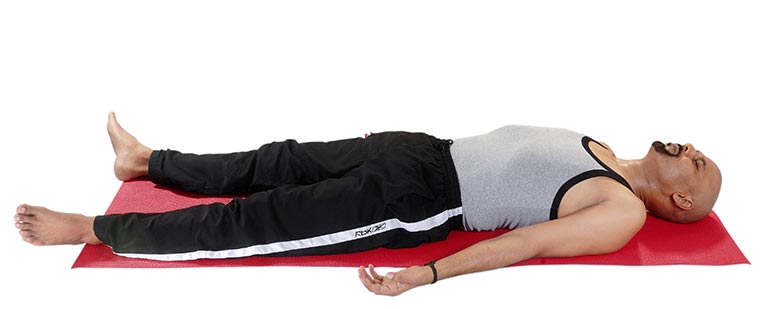
Benefits: This asana relaxes the whole Psycho-physiological system. The whole body is completely relaxed. This asana is very good for stress management in the body, reducing the Body’s energy loss, lowering the respiration and pulse rule, and resting the whole system.
This asana is also known as ‘Mritasana’.

